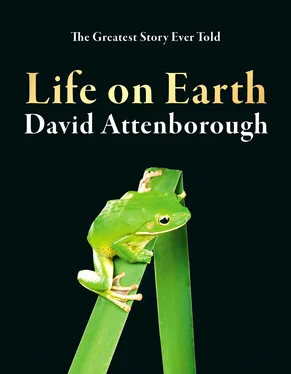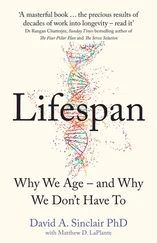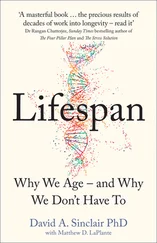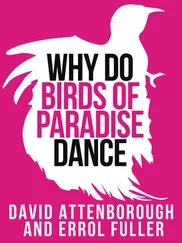To a surprising degree, nearly all the major events in this history can be told using living animals to represent the ancestral creatures which were the actual protagonists. The lungfish today shows how lungs may have developed; the mouse deer represents the first hoofed mammals that browsed in the forests of fifty million years ago. But misunderstandings can come unless the nature of this impersonation is made quite clear. In rare instances, a living species seems to be identical with one whose remains are fossilised in rocks several hundred million years old. It happens to have occupied a niche in the environment that has existed unchanged for such vast periods of time and suited it so ideally that it had no cause to change. In most cases, however, living species, while they may share essential characters with their ancestors, differ from them in many ways. The lungfish and the mouse deer are fundamentally similar to their ancestors, but they are by no means identical. To underline this distinction each time with a phrase like ‘ancestral forms that closely resemble the living species’ would be unnecessarily clumsy and literal-minded, but that qualifying phrase must be taken as read whenever I have referred to an ancient creature by the name of a living one.
Since this book was first written, science of course has continued to make new discoveries that have illuminated and amplified the history of nature. New species – some living, some fossil – have been discovered that link different groups. Some discoveries have been truly sensational. Perhaps the most dramatic have been those made in China of small dinosaurs with the clearly identifiable remains of feathers covering many parts of their bodies. They have cleared up one of the great and most vehement arguments among evolutionary biologists about the origins of both flight and the birds. Another concerns the very origins of life itself. Fossils have been found not only in Australia but in many other parts of the world, including the Avalon peninsula in northern Canada where a seabed thronged with all kinds of hitherto unknown organisms and dating from around 565 million years ago has been preserved with astounding perfection. All these advances in knowledge and many more will be mentioned in the appropriate places in the text that follows.

Spriggina fossil, leaf-like impression on sandstone, Ediacaran era (575 million years old), Australia.
One whole new branch of science has in recent years spread a great deal of light on the history of life – molecular genetics. Nearly a century after the publication of Darwin’s book on evolution by natural selection, On the Origin of Species , Crick and Watson described the structure of deoxyribonucleic acid – DNA for short – the molecule that carries the genetic blueprint from which another individual animal can be developed. This explained the mechanism by which physical characteristics are passed from one generation to the next.
The first organism to have its version completely deciphered was a small worm. Once that was done, the next great target was to analyse human DNA. That took many years of both international competition and cooperation. Today, however, it is possible to establish genetic identity of a species in a few hours using a piece of apparatus no bigger than a mobile phone. With such knowledge and techniques. all kinds of things can now be deduced – the relationship between individual species, the date in its evolutionary history at which any particular characteristic appeared, and even the precise way in which it did so. So the connections between the various groups that appear in our story can now be determined and statements about ancestry made with real confidence. Such new insights will be described in this new edition in their appropriate places in the pages that follow.
I have used familiar English names rather than scientific Latin ones so that when an animal makes its appearance in this history, it is quickly recognised for what it is. Those who wish to discover more about it in more technical books will find its scientific name in the index. For the most part, I have expressed age in absolute terms of millions of years rather than use the adjectival names of periods coined by classical geology. Lastly, I have made no reference by name to those many scientists whose work has provided the facts and theories on which the following pages are based. This has been done solely to try to maintain clarity in the narrative. I intend no minimisation of the debt owed to them by all of us who take pleasure in watching and thinking about animals. They and their researches have provided us with that most valuable of insights, the ability to perceive the continuity of nature in all its manifestations and to recognise our place within it.

ONE
The Infinite Variety
It is not difficult to discover an unknown animal. Spend a day in the tropical forest of South America, turning over logs, looking beneath bark, sifting through the moist litter of leaves, followed by an evening shining a mercury lamp on a white screen, and one way or another you will collect hundreds of different kinds of small creatures. Moths, caterpillars, spiders, long-nosed bugs, luminous beetles, harmless butterflies disguised as wasps, wasps shaped like ants, sticks that walk, leaves that open wings and fly – the variety will be enormous and one of these creatures is quite likely to be undescribed by science. The difficulty will be to find specialists who know enough about the groups concerned to be able to single out the new one.
No one can say just how many species of animals there are in these greenhouse-humid dimly lit jungles. They contain the richest and the most varied assemblage of animals and plant life to be found anywhere on earth. Not only are there many major categories of creatures – monkeys, rodents, spiders, hummingbirds, butterflies – but most of those types exist in many different forms. There are over forty different species of parrot, over seventy different monkeys, three hundred hummingbirds and tens of thousands of butterflies. If you are not careful, you can even be bitten by a hundred different kinds of mosquito.
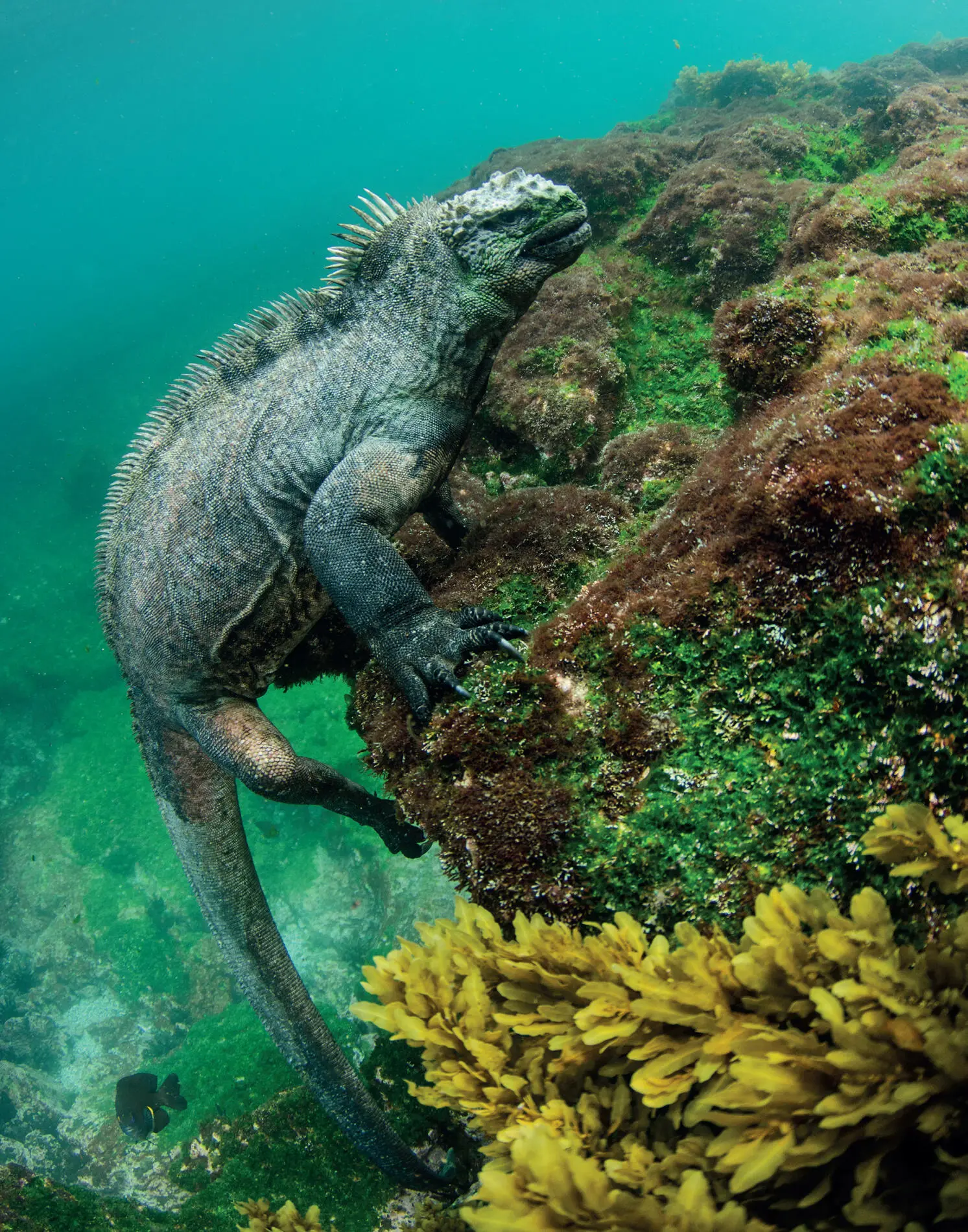
Marine iguana ( Amblyrhynchus cristatus ) underwater, Fernandina Island, Galapagos Islands, Ecuador.
In 1832 a young Englishman, Charles Darwin, twenty-four years old and naturalist on HMS Beagle , a brig sent by the Admiralty in London on a surveying voyage round the world, came to such a forest outside Rio de Janeiro. In one day, in one small area, he collected sixty-eight different species of small beetle. That there should be such a variety of species of one kind of creature astounded him. He had not been searching specially for them so that, as he wrote in his journal, ‘It is sufficient to disturb the composure of an entomologist’s mind to look forward to the future dimensions of a complete catalogue’. The conventional view of his time was that all species were immutable and that each had been individually and separately created by God. At the time, Darwin was far from being an atheist – he had, after all, taken a degree in divinity at Cambridge University – but he was deeply puzzled by this enormous multiplicity of forms.
During the next three years, the Beagle sailed down the east coast of South America, rounded Cape Horn and came north again up the coast of Chile. The expedition then sailed out into the Pacific until, 1,000 kilometres from the mainland, they came to the lonely archipelago of the Galapagos. Here Darwin’s questions about the creation of species recurred, for in these islands he found fresh variety. He was fascinated to discover that the Galapagos animals bore a general resemblance to those he had seen on the mainland, but differed from them in detail. There were cormorants, black, long-necked diving birds like those that fly low along Brazilian rivers, but here in the Galapagos, their wings were so small and with such stunted feathers that they had lost the power of flight. There were iguanas, large lizards with a crest of scales along their backs. Those on the continent climbed trees and ate leaves. Here on the islands, where there was little vegetation, one species fed on seaweed and clung to rocks among the surging waves with unusually long and powerful claws. There were tortoises, very similar to the mainland forms except that these were many times bigger, giants that a man could ride. The British Vice-Governor of the Galapagos told Darwin that even within the archipelago, there was variety: the tortoises on each island were slightly different, so that it was possible to tell which island they came from. Those that lived on relatively well watered islands where there was ground vegetation to be cropped, had a gently curving front edge to their shells just above the neck. But those that came from arid islands and had to crane their necks in order to reach branches of cactus or leaves of trees, had much longer necks and a high peak to the front of their shells that enabled them to stretch their necks almost vertically upwards.
Читать дальше
